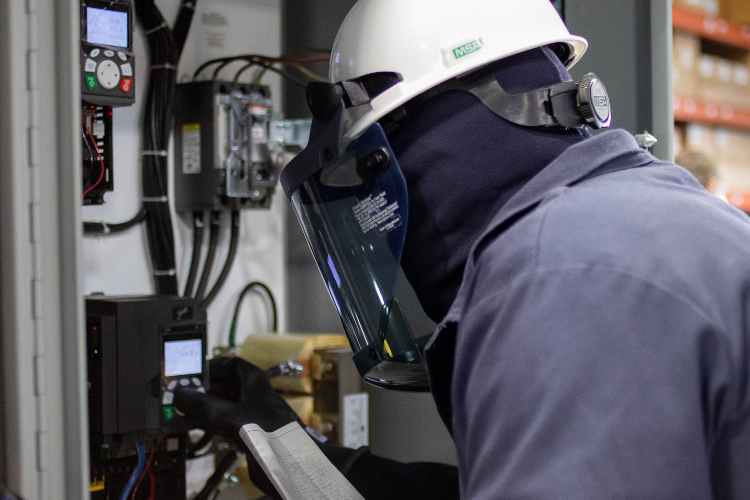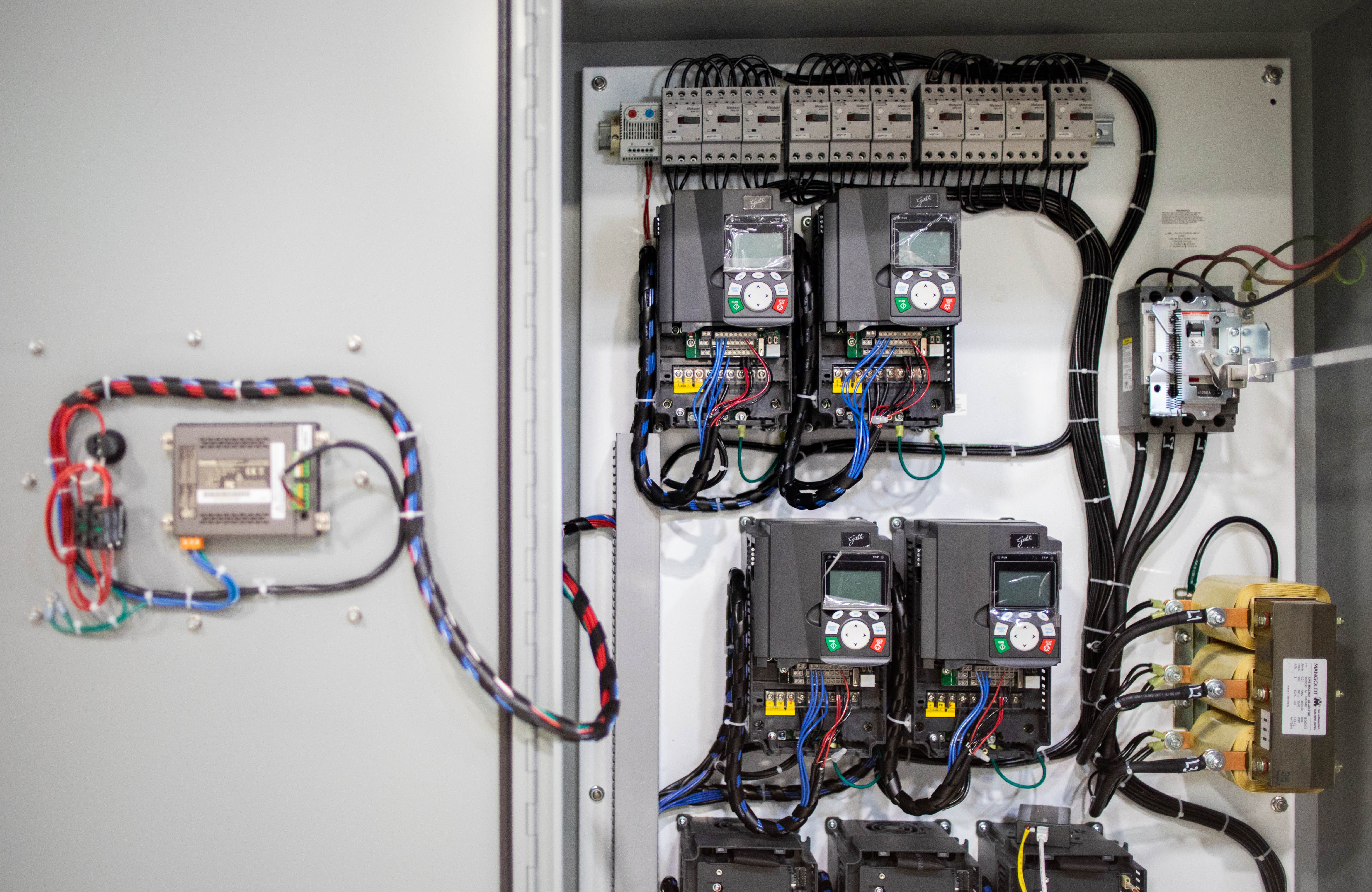Common VFD Retrofit Mistakes
Don't mess up with these common VFD retrofit mistakes
Retrofitting a variable frequency drive (VFD) into an existing system is a great way to keep your processes running. You get to maintain the speed control, energy savings, and soft motor ramps you originally wanted when installing your VFD.
Quite often, however, people make easily avoidable mistakes when replacing a VFD. With some planning, you can make your next variable speed drive retrofit a positive experience that improves your entire process. Avoid these common mistakes the next time you replace a VFD.
Incorrect sizing and overload
Before you start ordering a VFD, you should evaluate your motor. Many facilities replace the motor between the time a VFD is installed and when a retrofit happens, and the exact full load amps of the motor may now be different. Based on advances and changes in VFD ratings, you may need to increase or decrease the size of your VFD.
When you have your motor nameplate data, you also need to pull the correct information. Sizing VFDs should be done based on the amperage, not the horsepower. You also should look at what the motor is running. It’s possible that the standard rated overload for a line of VFDs could have changed, so you need to ensure you have plenty of VFD capacity.
While looking at the size of the electrical components, also make sure to look at the physical dimensions. VFD designs often change over time, and you may find your new VFD is wider or taller than the old drive. Make sure you can actually install the equipment where you want it.
Not buying companion devices
When buying a new VFD, you often talk through harmonics, dV/dt, surges, and other problems with the VFD supplier. For many customers, we’ve found that they skip these conversations if there's a VFD that was previously installed.
If your old VFD didn’t have devices to deal with these issues, look at harmonic filters, output reactors, dV/dt filters, surge protection devices (SPDs), and other necessary equipment while you’re already making changes to the system.

Installing the VFD incorrectly
The VFD you are replacing is older, and the electrical connections you’re using are likely just as old. It’s a good idea to make sure that wires, conduits, lugs, and other components are still in good condition and don’t have visible wear or damage.
For outdoor VFDs, you may find that the sun or elements have led to deteriorated condition. Make sure that everything is appropriately grounded and protected to last for the life of this VFD.
Also, make sure that where you install the VFD has enough clearance around the chassis or panel. Clearance is important to give technicians space to work, and the electrical code has guidelines that must be followed.
Clearance is also important for cooling. While evaluating clearance, ensure the VFD has enough area for cool air to be drawn in and hot air expelled so you can avoid overheating failures. The manufacturer should give guidelines for this in the VFD manual.
Bad programming
VFDs are often programmed during startup and left to run that way for years. Retrofit replacing a new VFD is the perfect time to look through the parameters you have and make them more effective. First, verify that the motor data is the same and is input correctly into the new VFD.
Make sure that features you would like, such as coast-to-stop or catch-a-spinning-load, are enabled. Verify your acceleration and deceleration speeds. If you have features or future needs you might need, make sure that your VFD is capable of those. This could include compatibility with a planned future building management system (BMS) that you might install.
Missing the chance to upgrade
One of the most common calls we take is looking for an exact part number for a VFD that has just failed. Replacing like-for-like can often be more expensive than upgrading to a newer, more updated VFD which is more commonly available and therefore cheaper.
When a manufacturer discontinues a VFD series, the stock available decreases and the price often goes up. This means newer, more advanced VFDs may actually be cheaper. You have the chance to improve your VFD, which may include more parameter options, more overload, or other benefits.

You may also find that the manufacturer no longer supports the exact part you are looking to replace. This will make troubleshooting, warranties, or buying replacement parts more complicated in the future.
Failing to train on-site personnel
When you replace a VFD, it's very likely that it won't operate the exact same way as before. Even if only the interface has changed, this can become a barrier for the operators and electricians on site. Make sure that you are training them on the new equipment.
Training your on-site staff consists of several topics. Make sure that they know how to set and adjust common parameters they might need. Verify that they are capable of “first responder” type troubleshooting and fixes. Also, make sure that they know how to conduct proper preventative maintenance and cleaning if that is their responsibility.
Talk through your retrofit with an expert
Replacing a VFD is a great time to make sure your system is better and easier to use. At the same time, if you don’t check some of the most common mistakes, you may set yourself up for headaches later. Talk through these issues and any questions you have with one of our experts at 1-800-800-2261.

